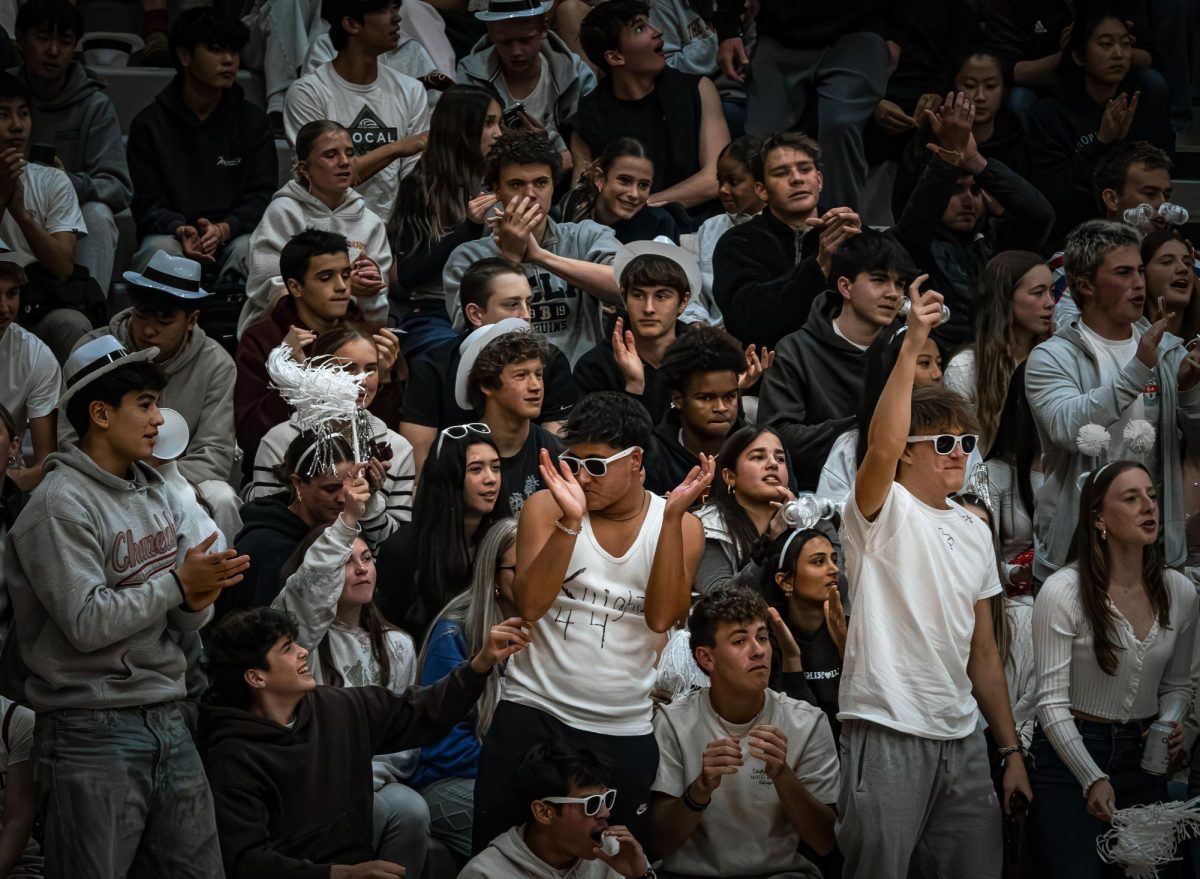Serena Williams, Arsenal Football Club, and the Washington Huskies. What do they have in common? They were all victims of the lack of Hawk-Eye and the controversial calls that were made against them. And the list doesn’t end there. Yet, there are mixed feelings about this technology that will shape sports in the future.
The Hawk-Eye camera system tracks the trajectory of a ball, player, or object in many different sports. It is divided into three parts: Synchronised Multi-Angle Replay Technology (SMART), TRACK, and INSIGHT. The SMART technology captures videos, the TRACK system tracks performance, the ball or other objects, and INSIGHT collects data. Currently, Hawk-Eye works with 23 out of the top 25 sport leagues and federations across the globe, according to Hawk-Eye Innovations. Additionally, Hawk-Eye Innovations is the creator of the video assistant referee (VAR).
In tennis, Hawk-Eye uses between 10 and 18 cameras placed around the court, a Topend Sports article explained. The Hawk-Eye cameras track the ball at 340 frames per second, and that data is transferred to the Hawk-Nest where it decides if the ball is either in or out. The accuracy of Hawk-Eye is to the millimeter, and according to the National Public Radio (NPR), Hawk-Eye is right almost 100% of the time, while the human eye is only accurate 75% of the time.
Hawk-Eye was first implemented during August of 2001 during a cricket game. In 2006, according to an article written by Tennis Majors, Hawk-Eye was only utilized as a challenge system in tennis, which is used to challenge the call line judges make to make the sport more fair. But now, many big tournaments, such as the U.S. Open and Australian Open, are replacing line judges completely with Hawk-Eye. According to CNBC, the Australian Open became the first Grand Slam tournament to play without line judges with the use of Hawk-Eye in 2021 and the U.S. Open followed this in 2022.
Michelle M. Wang (‘27), a member of the Girls’ Varsity Tennis Team, said she likes Hawk-Eye “because it prevents cheating” while also leading to fewer disputes. In addition, she thinks that Hawk-Eye helps prevent human error, as the line judges don’t have perfect vision and a lot of time their calls are overturned by challenges.
Despite Hawk-Eye’s benefits, other Grand Slams, the four biggest tournaments in tennis, such as Wimbledon and the French Open, prefer the traditional approach of using line judges because these have been part of the game for such a long time. There has been a lot of controversy among tennis players and fans regarding the hypothetical replacement of line judges with the more reliable Hawk-Eye.
Director of Athletics Coach Paula Conway said, “I think so much of the sports are just tradition and what that organization feels right to them, and [I’d] hate for computers to replace people all the time… because then you take more people out of loving a game, being involved in a sport or something they might love.”
On the contrary, Michelle said, “Tradition is cool, but I think honesty is really important, and you should value honesty over tradition.” Angelina Kim (‘25), a member of the Girls’ Varsity Tennis Team, added, “Tennis is a game that was created to be played with accuracy… It’s basically anticipating that people are going to make the correct judgment calls. With Hawk-Eye, you can adhere more to what the original creators were expecting regarding accuracy.”
But the accuracy of Hawk-Eye may depend on other specifics, such as the material of a tennis court. The French Open is held on clay courts, and it uses line judges. The tournament relies solely on the umpire when the players want to challenge because the ball leaves a mark on the court. According to Perfect Tennis, many believe that Hawk-Eye is not as accurate on clay courts as it is on grass or hard courts. Even so, the French Open system has not always been fair for the players. Michelle commented, “I think they should have Hawk-Eye on clay courts… I think it’s dumb that they can just tell [if it’s in or out] with just a mark, because usually it [the ball] is just a sliver in and they can’t tell by just examining it [the mark].”
Volleyball also uses Hawk-Eye for line calls. Hawk-Eye was first implemented in volleyball in 2014, and it set a precedent for the sport with its use at the 2016 Rio Olympics. Similar to tennis, Hawk-Eye has 10 cameras, used for replays, that are placed around the volleyball court to track the ball. It is also able to track player reaction times and the speed of serves and spikes, according to SportsPro.
Angela An (‘27), a volleyball player, said, “I think [Hawk-Eye] is very good because it’s some high-tech technology, and it saves a lot of time, especially in volleyball. Even in the National Collegiate Athletics Association (NCAA), they don’t have the Hawk-Eye technology, and you’re just sitting there watching them play back this grainy video all over again… I think it’s just an excessive problem, and Hawk-Eye resolves that problem.”
In addition, Angela said that Hawk-Eye would help with biases “since when my team plays tournaments, we always complain that the refs are biased, and that won’t happen with technology because it is obvious and clear, and you can also challenge plays.”
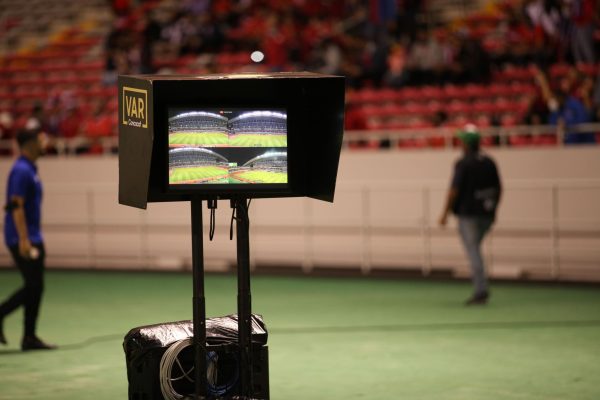
According to The National, in soccer, Hawk-Eye is actually the creator of the video assistant referee (VAR), Semi Automated Offside (SAO), Goal Line Technology (GLT) and the Decision Review System (DRS).
In July 2016, Hawk-Eye’s VAR system was used for the first time in a non-competitive match. A couple years later, VAR technology was utilized at the FIFA Club World Cup in Russia during 2018 to reverse a decision for the first time. The National Women’s Soccer League (NWSL) became the first women’s soccer league to add VAR on March 5, 2023.
VAR reviews goal decisions, penalty decisions, direct red card decisions, and mistaken identity decisions (when referees punish a wrong player since the field is too chaotic) to make sure the referee’s decision was accurate. According to FIFA, VAR is right 99.3% of the time, while referees are right 95% of the time. In addition, the VAR team checks for errors by looking at the cameras from above and then communicating to the referee on the field when there are mistakes called.
Hawk-Eye’s VAR system and other technology is still not implemented in all professional soccer tournaments, but many are starting to incorporate it, even though it continues to stay controversial. Alex Yang (‘27), a member of the Boys’ Junior Varsity Soccer Team, said, “[Referees] do VAR checks every offside [when a player that is in an offensive position is in front of the last two defenders], and it’s very annoying… I think it can be really helpful, but I just think that refs use it too much.”
In addition, there has been a shortage of referees lately, and Hawk-Eye can be a solution to that problem. A survey done in 2023 by the National Association of Sports Officials (NASO), which surveyed 35,813 sports officials from all 50 states, found that the average age of referees from high school to professional sports is 56.68 years, meaning not many younger individuals want to carry on the role of being a referee. Additionally, during the 2018 to 2019 season, 50,000 individual referees quit, and it was said that the number was around the same in 2022. The bad behavior from students and parents have contributed to this number.
“I think [Hawk-Eye] will help because there is such a shortage of officials anyway,” Coach Conway mentioned. “I think it will initially be a big expense… but if you look at the money you are saving over time… you can save that money and easily pay for the technology.”
Even though Hawk-Eye is technology that can help many players and the audience with a better experience, it doesn’t preserve hundred year traditions. Many sports fans and players have different opinions on this topic, and there is no one right answer.



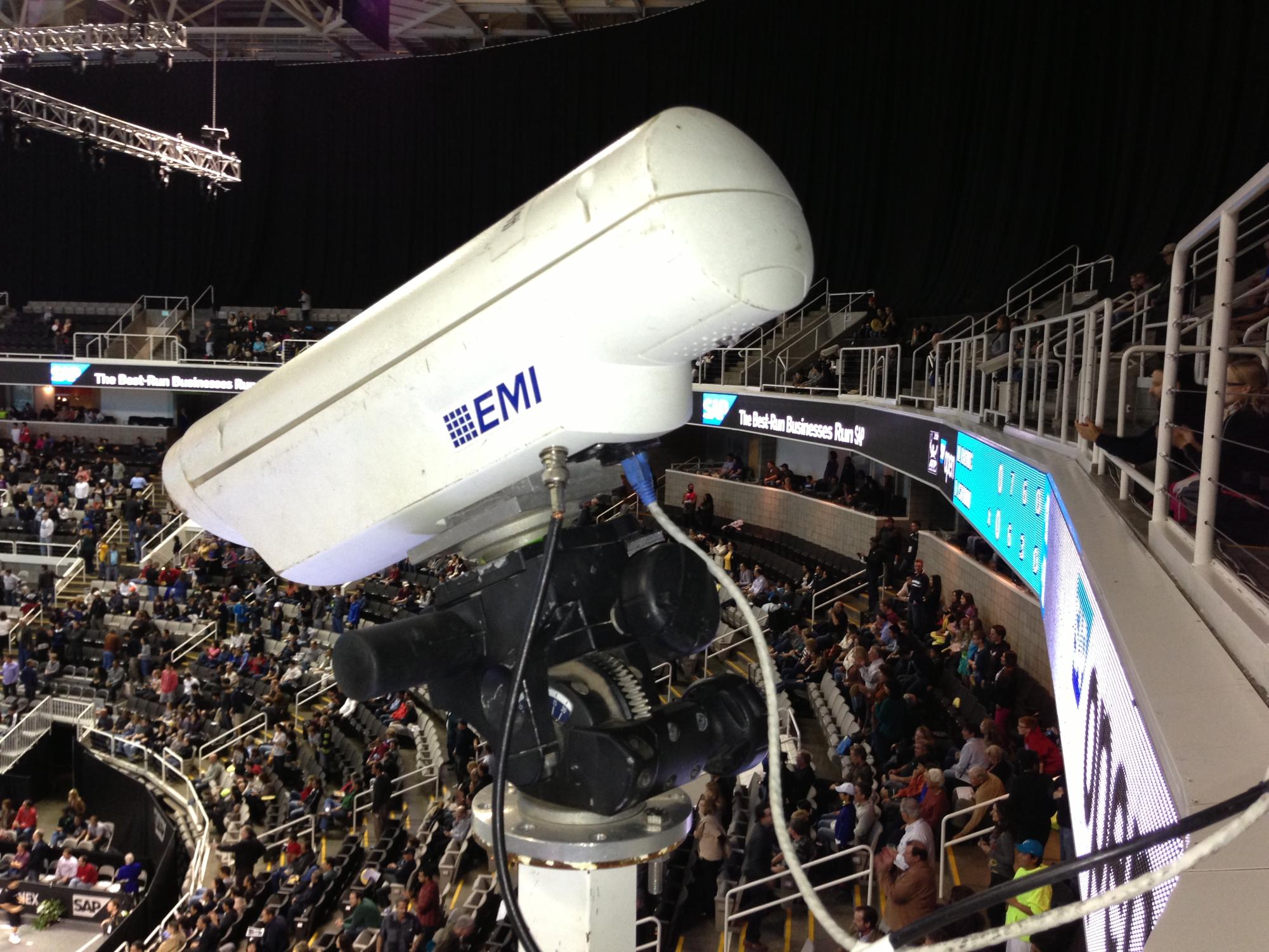
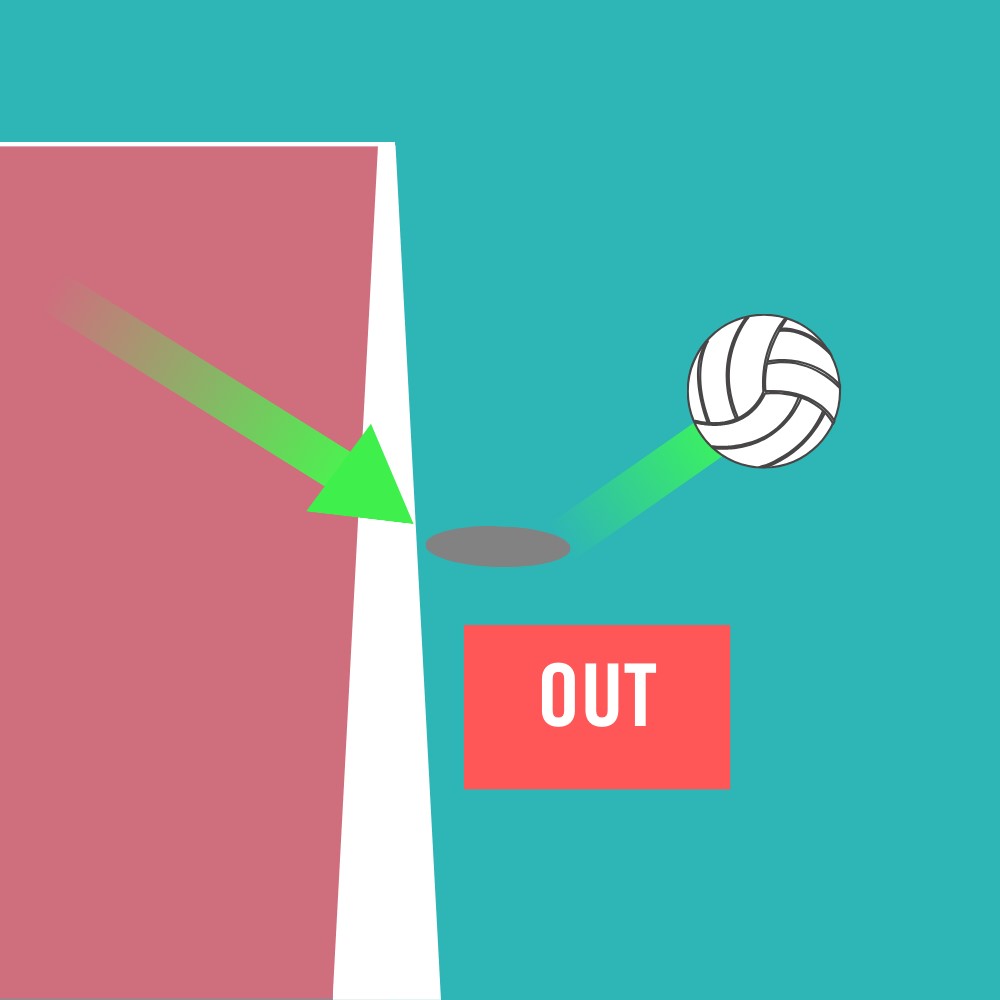
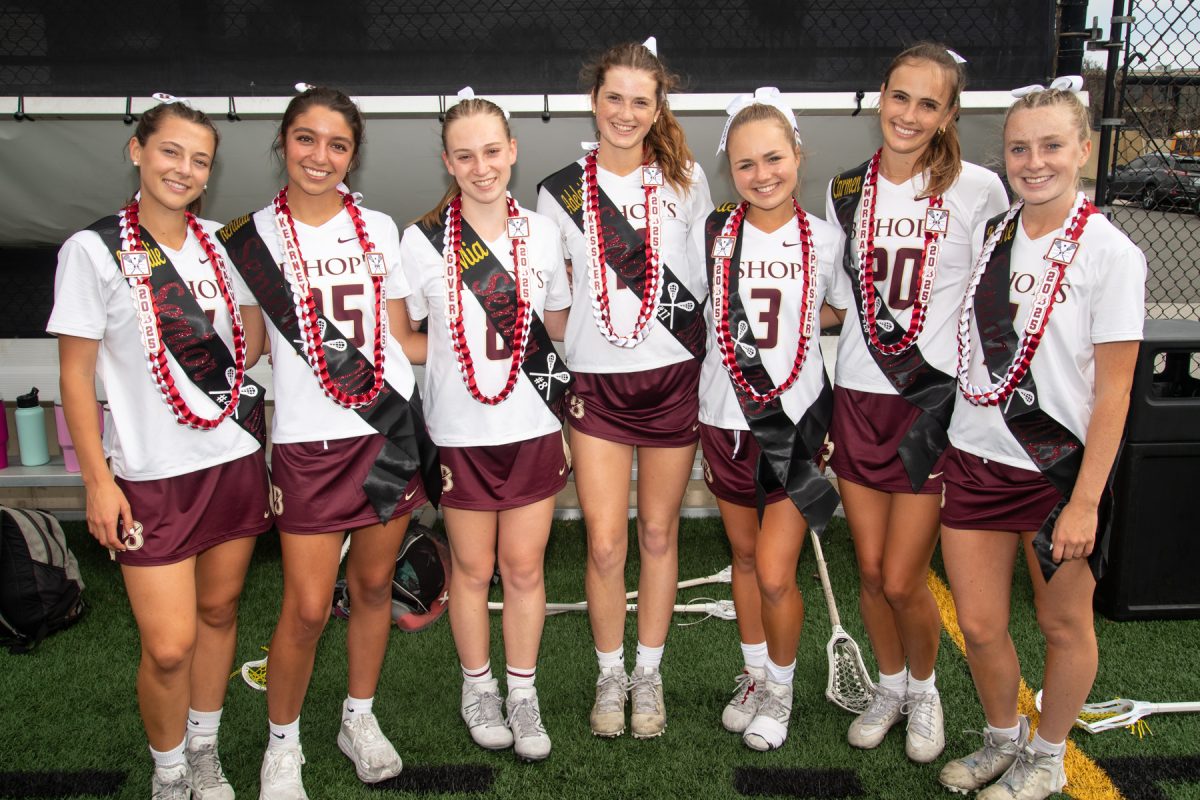
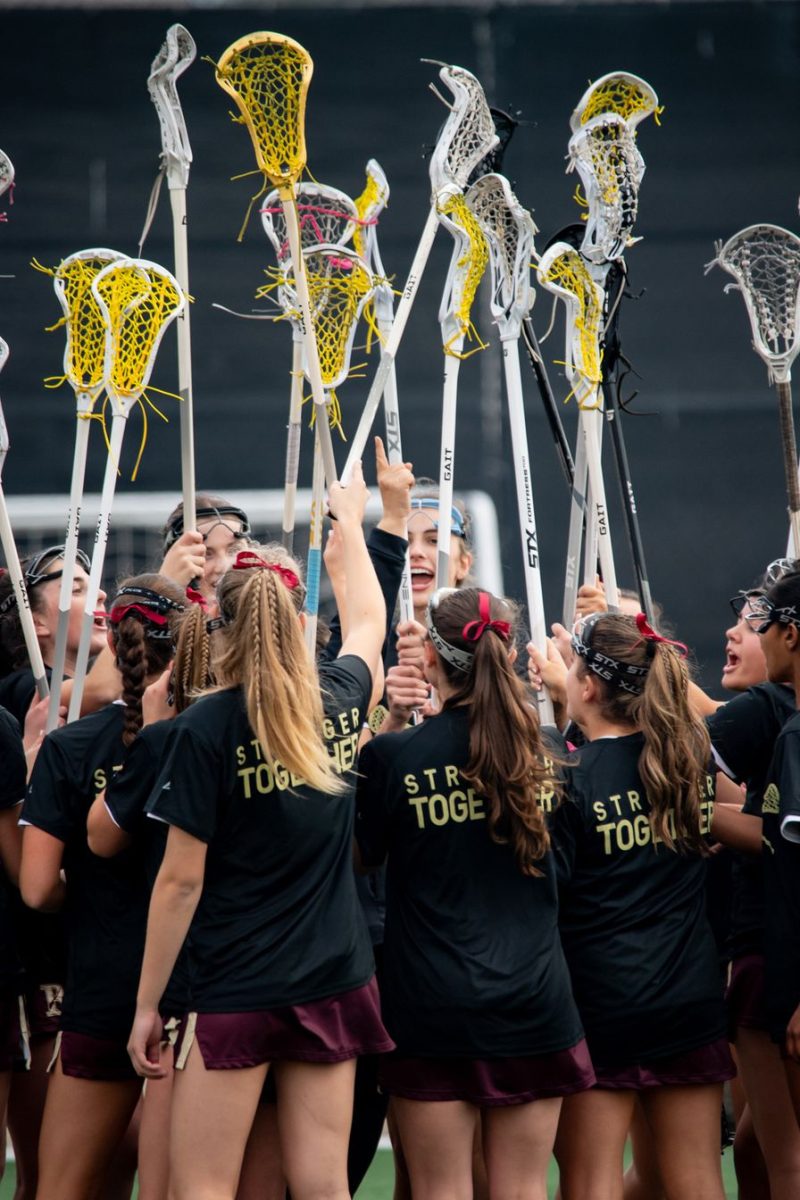
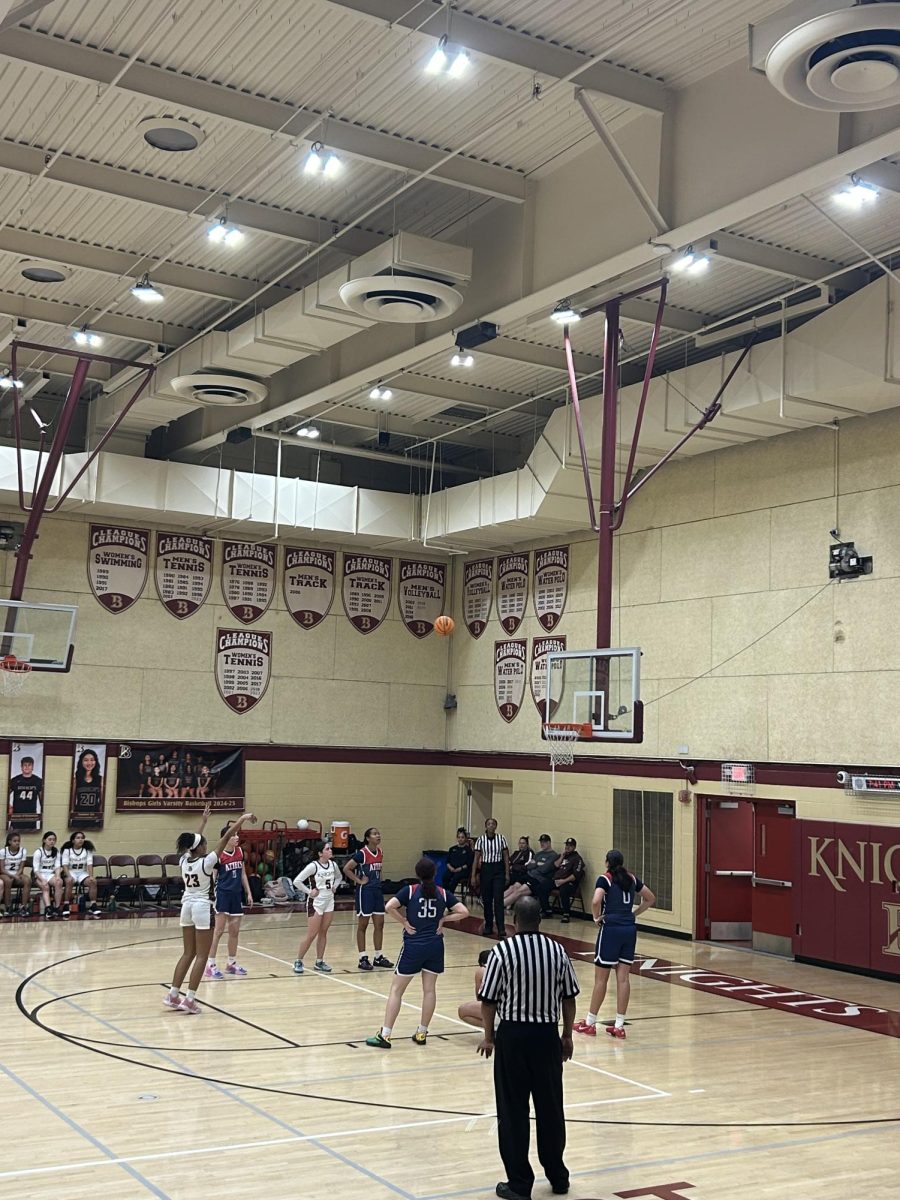
![“I [look forward to] the adrenaline of just competing with your friends and playing a sport that I’ve loved for so many years,” Sydney Mafong (‘26) said. “It’s just unmatched.” The Softball team celebrates a victorious moment in the game against San Diego High School on March 15th during the Torrey Invitational, which Coach Joe “Joey” Moreno called the “first real test of the season” in a Locker Room email and won 10-3.](https://thebishopstower.com/wp-content/uploads/2025/04/Screenshot-2025-03-17-at-21.49.22-1200x1016.png)

